
For a few years, there was a kind of status quo in smart trainers. Every major brand had an entry level product with slightly lower specs. Generally that meant a 16% max gradient, accuracy at +/- 2%, and somewhere around 1800 watts max resistance. It was decent for most people and you could save a bit of money. If you decided to go for a more premium experience then you'd look at the next level and price point. These premium offerings felt about the same but looked nicer. They were also more accurate and could simulate a 25% max gradient. This year the whole system changed.
Price: £1,749.99 / $1,999.99 / €1,999
Unit weight: 52.0 lbs (23.6 kg)
Flywheel weight: 275.6 lbs / 125 kg virtual
Connectivity: ANT+ connectivity, dual BLUETOOTH wireless technology connection support, Wi-Fi/Ethernet accessory adapter
Accuracy: <1%
Max power: 2,200 watts
Max grade simulation: 25%
Freehub compatibility: Shimano/SRAM 9 to 11 speed (compatible, 11-speed cassette included), Campagnolo (compatible, requires special cassette body), SRAM 12 speed/XDR (compatible, requires special cassette body), Shimano 12-speed Hyperglide+
Although our list of the best smart trainers still has a variety of options, nothing looks quite the same. The low end was already hard to pick winners in and the Zwift Hub decimated whatever choice there was. Now with the Zwift Hub One and Wahoo Kickr Core offering essentially the same product with virtual or mechanical shifting respecitvely, it makes very little sense to bother with anything else for a lower spec trainer and that shift seems to have opened up the top end. Now the major players are competing for your dollars by trying to top each other.
The Garmin Tacx Neo 3M is the latest high-end trainer to try and compete in this new landscape. In some ways Wahoo entered the market first with the Kickr Move, but Garmin Tacx isn't standing still. The Tacx Neo 3M is a smart trainer that's more than the sum of its specs. If you are looking for the best indoor training experience available, keep reading to see if the Garmin Tacx Neo 3M is worth the money.
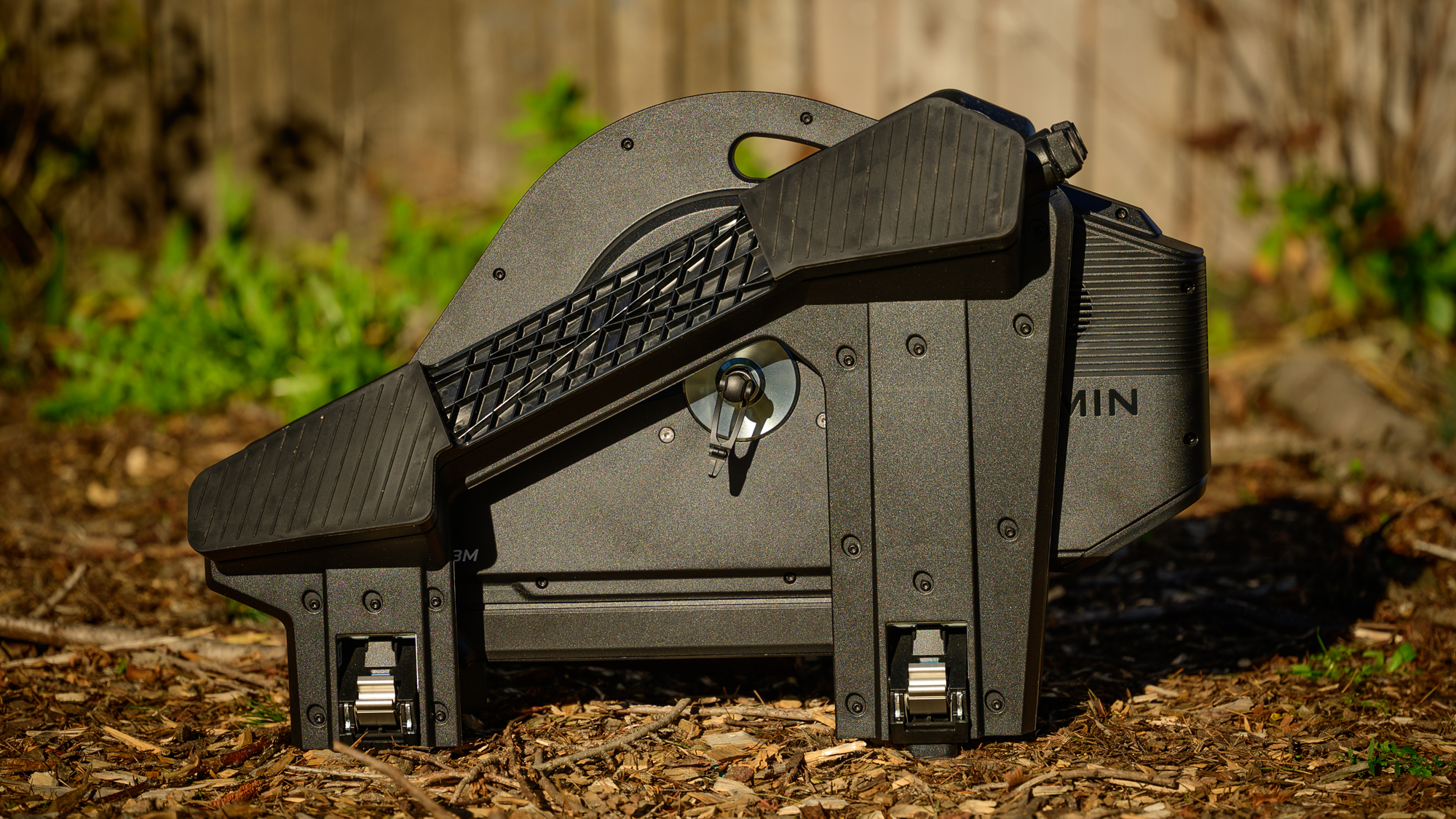
Design and aesthetics
If you want to talk about groundbreaking features compared to past models, visual design is probably the best place to start and stop. Tacx has always had a light blue contrast colour as a signature detail. Sometimes the pairing was white and sometimes black but that light blue was a defining detail even before Garmin bought the company in 2019. I'll admit that the Flux S doesn't have it but the design still features the space for it and the grey that replaces it is a signal that the Flux is at a lower price point. The Tacx Neo 3M completely does away with it.
Obviously this doesn't really matter. The point is that the Garmin Tacx Neo 3M is an iterative product. It would actually be appropriate to use the Plus moniker that Garmin tends to use for half step model changes. Call this the Neo 2T Plus and it would still make sense. That's not an insult though, the Neo 2T was one of the best smart trainers available and the Neo 3M builds on that legacy.
Outside of the missing blue, there are some other small visual changes as well. The rear section of the 3M is a bit chunkier than the rear of the 2T. This likely owes to the inclusion of the power brick within the body and the enhanced cooling that comes with it. The changes are there to increase power to the drive unit and bolster accuracy at low cadence/high power and low power/high cadence. Official accuracy numbers remain the same at <1% so it's unclear exactly how this changes the experience but it does affect the visual look of the rear.
Perhaps the biggest physical design of the casing is that there's now a handle moulded into the upper section. In the past you'd need to manage moving the Neo 2T by grabbing the folded wings. Given that the 3M weighs in at 52.0 lbs (23.6 kg) including a handle is a big deal for anyone who has to move a trainer around.
It's also worth noting that the outer design of the Neo 3M is slightly different to enhance disc brake compatibility. This was an issue we noted in our original Neo 2T review but also not experienced by everyone. Visually it looks similar, and this wasn't an issue I experienced, but Garmin did address it with this latest update.


Beyond those changes, the design of the 3M is almost exactly the same as that of the 2T. Like before, there's no actual flywheel and resistance, as well as the name, comes from an arrangement of 32 neodymium magnets. That also means that there's no need to plug the Neo 3M in if you find yourself in a situation where that's not possible. You do lose one of the features that sets the Neo 3M apart from the competition though, in that when plugged in you'll gain a powered flywheel that makes descents feel more realistic. Other returning features include the same 2200 watt max resistance and 25% max incline. Cassette and axle compatibility hasn't changed either.
Software compatibility is yet another returning feature but that's not all that notable. At this point every trainer works with every software and there are connection options for both Bluetooth or ANT+. That hasn't changed at all though there is now a second Bluetooth radio. That detail can be helpful for dual recording situations and for connecting to the companion app while also connected to training software. Along with that second radio, you can now add a network adapter (paid accessory) for either Wi-Fi or ethernet connections. There's also the capability of higher speed data transmission, matching the Wahoo Race Mode, however it's not currently enabled.
The real update to the Neo 3M is yet another iterative change. Like before, there are "wings" on either side of the Neo 3M and they fold down to support the unit. Last year I covered the release of the Tacx Neo Motion plate accessory which uses a clever design to attach to the base of those wings and provide 2.5 cm of movement in each direction. This year the Neo 3M builds that system in and it's mostly unchanged, apart from a dial at the rear of each wing which you can use to lock the movement. That system also included a riser block to even out your bike and that's gotten an update to accommodate tyres up to six inches.

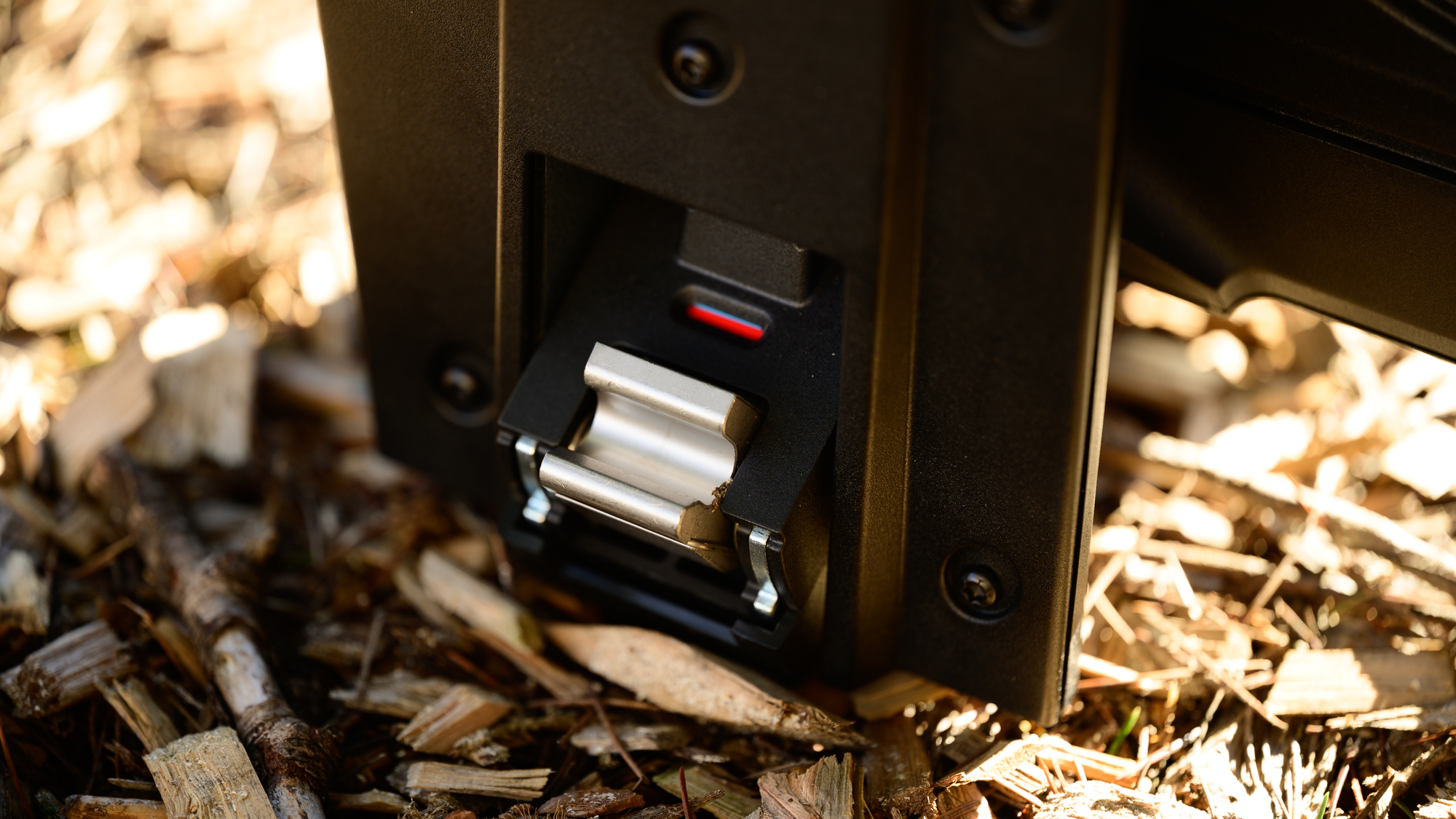
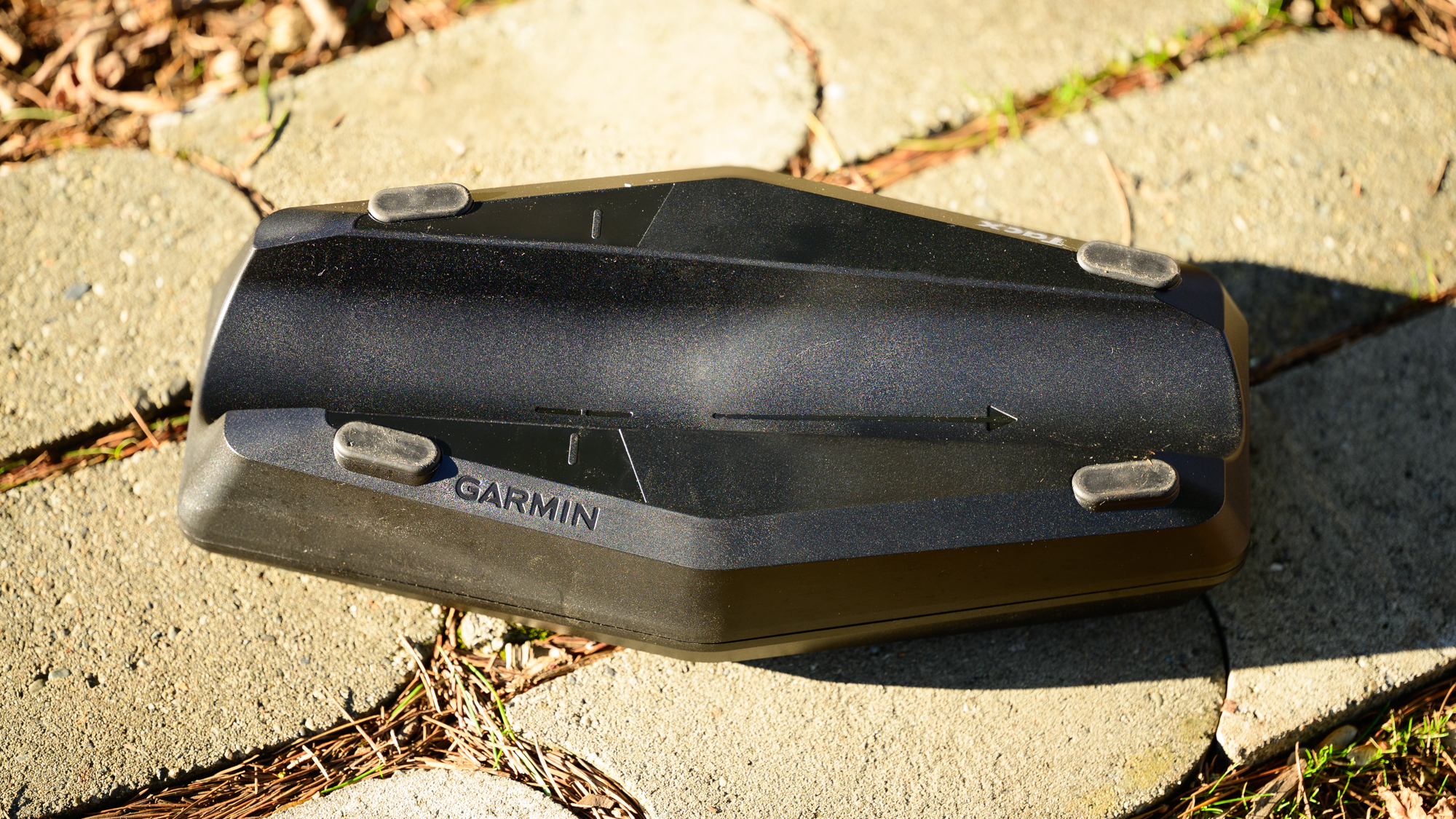
Performance
I'd say the theme here is that nothing has changed and everything is new. There are so many things that haven't changed at all that I didn't even list them all up above. Does anyone really use the flashing light show projected below Garmin Tacx trainers? It always seems kind of cool but also not necessary. Either way though, it's back.
Another feature along the same lines is the way the trainer can instantly start and stop in a way that causes it to shake slightly. It replicates road surfaces and I go back and forth about the desirability of it. It's kind of baffling how good it is, when Zwift implements it well, so if you like it, it's still here and still good.
Overall though, the experience of getting on the Neo 3M hasn't changed much vs the 2T with the motion plates installed. Specs wise it's hard to see much difference and I've even spent a bunch of time telling you how close to the 2T it is. There's one thing I saved though. Because it's so good, I wanted to wait until I talked about the experience of riding the Neo 3M to talk about the left and right movement.
The first time I rode the Neo 2T I immediately noticed the side to side movement but at the time, Garmin didn’t acknowledge it. It turns out that the effect was a happy mistake previously. This time, for the 3M, Garmin embraced the effect and further tuned it. Unlike the Wahoo Kickr side to side movement, it's a huge part of the ride experience.
When you get on the Neo 3M and start pedalling in Zwift, it feels exactly like riding outside. The side to side movement isn't subtle, it's right up in your face and very noticeable but also natural. Your bike shifts left and right and the sliders allow it to shift front and back. Just like outside it's a feeling of constant motion.


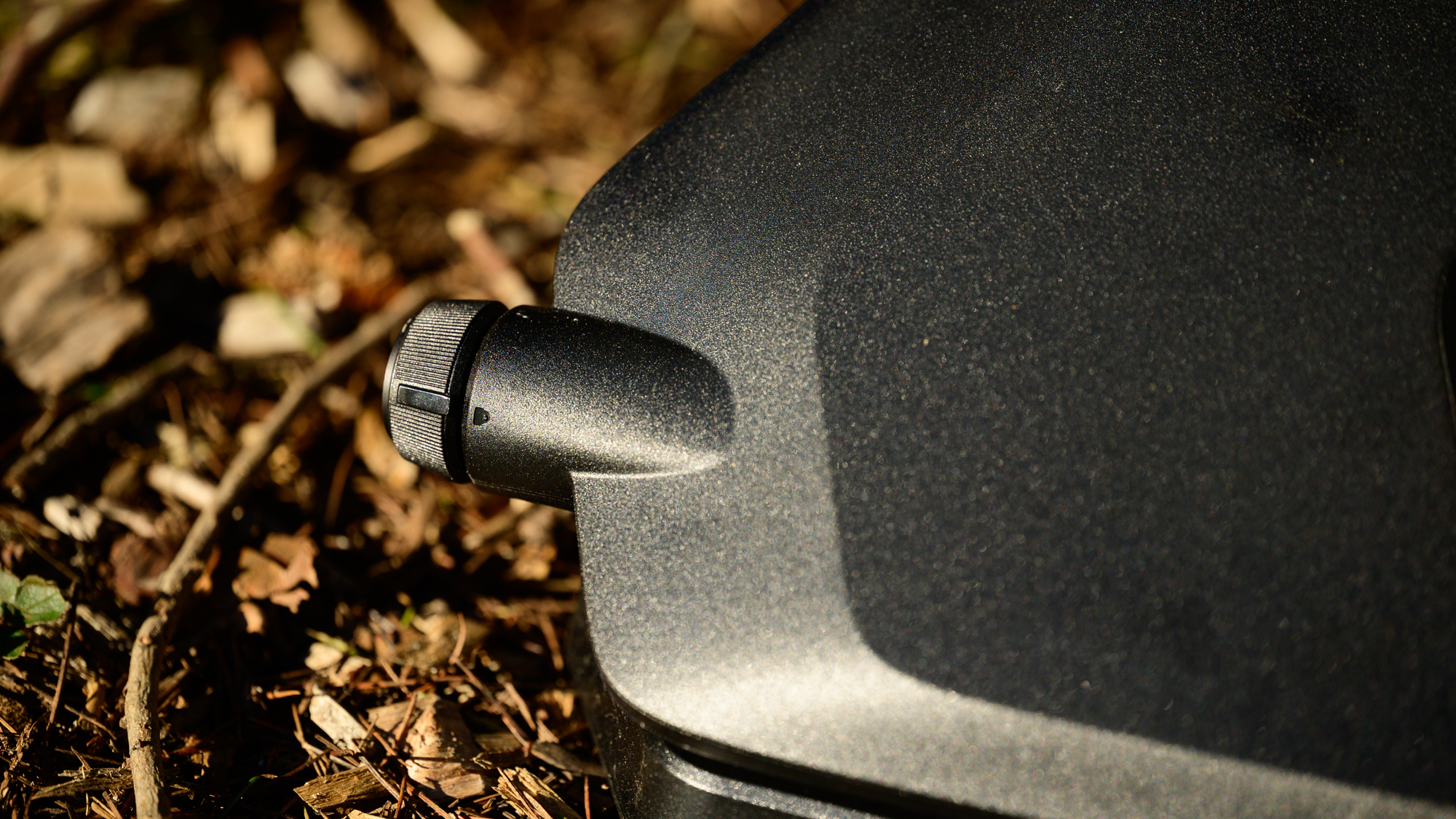

I do want to be careful about overstating the effect. It is not perfect in every situation. As I wrote in the motion plates review, you can break the effect pretty easily. As soon as you stand it gets difficult to capture the magic. Any kind of sprinting and you'll bang into the front and rear stops and it's not a perfect feeling as you transition to and from a seated position. Still, when you are sitting and when you are standing and climbing steadily, it feels perfect.
Trainers are not only for free riding and simulation though. A good smart trainer should also handle intervals well and this is another bright spot for the Tacx Neo 3M that's not captured on any spec sheet. It's also not something I expected at all.
All smart trainers have the ability to hold you to a perfect interval but your body isn't able to accommodate that. The way that a trainer transitions from low power to high power is a bit of software magic that sets different brands apart. My previous favourite was Wahoo but the Tacx Neo 3M amazes me everytime I start a new interval.
Generally I like to start a trainer review by establishing that the power readings are accurate. I didn't do that this time because the headline feature is the movement. I did still dual-record multiple rides though, and when free riding in Zwift a set of Garmin Rally RK200 pedals recorded very similar numbers with a similar shape to the power curves. The next thing I did was a TrainerRoad VO2 max workout to see how well it handled quick jumps of power with short intervals. What I found blew me away.
The numbers are accurate but the feeling of the transition is so natural it's unlike any other trainer. I wasn't feeling energised when I did this particular VO2 max workout and I'd been zoning out as the first jump in power came at me. I didn't anticipate it at all and I wasn't ready for it. Despite that, the Neo 3M rolled into it like hitting a hill outside. It's smooth and forgiving with power jumps and if you overshoot the number it drags you back down gently but accurately. The Neo 3M is exceptionally good in ERG mode.

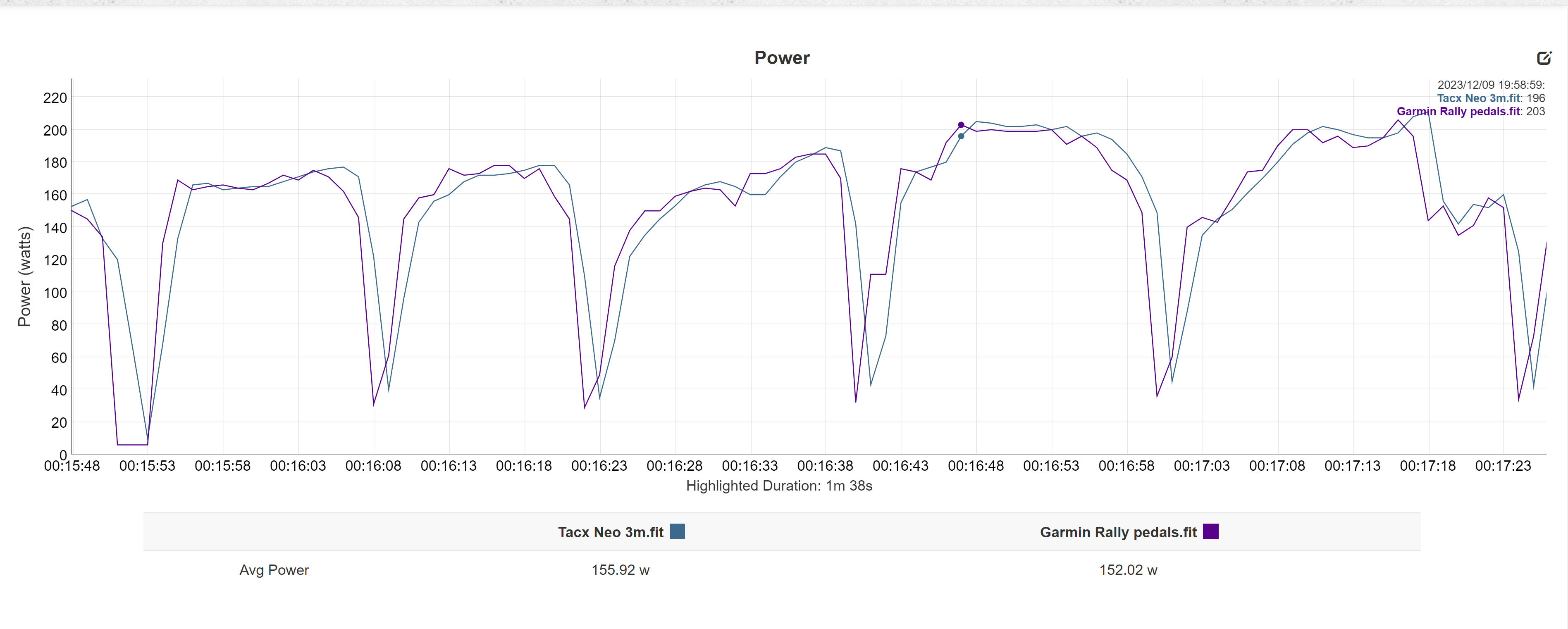
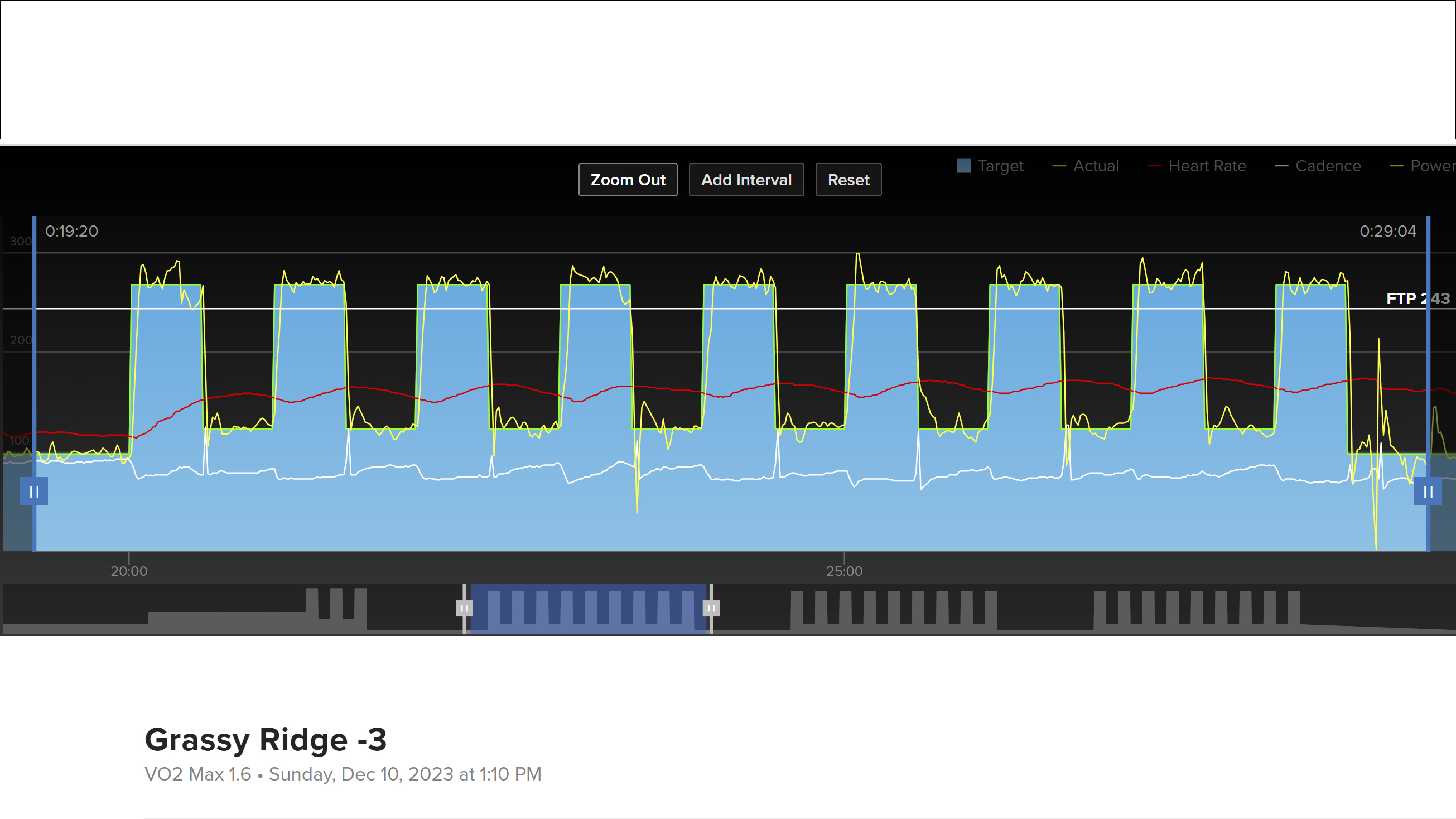

Verdict
Over and over when testing the Neo 3M I found myself thinking it was the best smart trainer I'd ever used. If you want to use it for free riding, the mix of subtle front and back and side movement feels incredibly natural. To be fair, I tend to stay seated most of the time and I'm not much of a sprinter. When I stand to climb I always shoot for a smooth and controlled rhythm as well so the motion happens to compliment my riding style. Still, it's good even if it's not always perfect for everyone in every situation.
If free riding isn't your thing though, the Neo 3M is also exceptionally good at ERG mode. Lock down the motion plates and hit the intervals. The transitions are so smooth and controlled that it genuinely outpaces the competition and even other Garmin trainers.
There's only one problem with all of this, and that's the fact that the Garmin Tacx Neo 3M costs a lot more than anything else. The closest competitor would be the Wahoo Kickr Move and Garmin is asking £350 / $300 more with both options including an 11-speed cassette. I know from experience that the Neo 3M has better side to side movement, a better ERG mode, and the powered flywheel to enhance descending but is it enough of a difference to justify the price difference? That's a tricky proposition.
Also if you are really wanting realism, the Kickr Climb is worth the purchase. It's a pricey add on but it adds a lot to the experience and Tacx doesn't have anything to match it. The Neo 3M does have a rotating axle assembly making the Elite Rizer an option for adding climbing realism. I find the Elite Rizer also happens to be a better experience than the Kickr Climb but it's, again, more expensive.
Given the overall cost of a trainer at this level, the price difference between the Garmin Tacx Neo 3M and the Wahoo Kickr Move isn't actually that massive. What about a Tacx Neo 2T with motion plates though? At full retail price the jump in cost makes sense to go from the 2T to 3M but that ignores how often the 2T is on sale. If you get a great deal on the Neo 2T it could end up saving you £800 / $800 including the motion plates and that is a much harder price jump to justify.
Ultimately, you'll just have to decide, is incrementally better performance worth paying more for?







